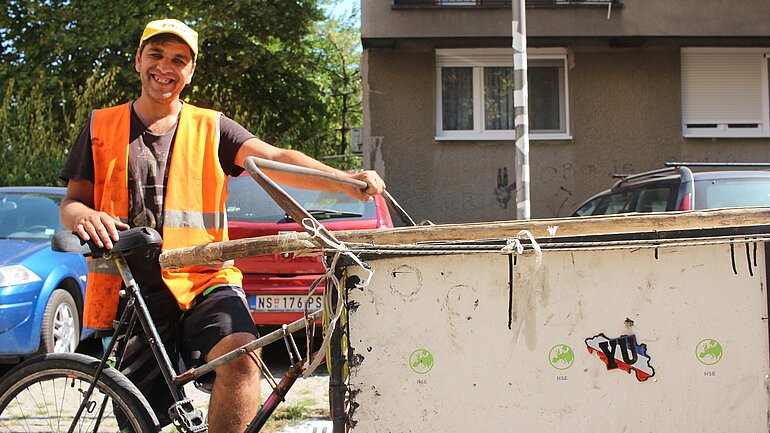Visualising the Invisible: Using Visual Ethnography to Explore Extra-Institutional Activism of Migrants and Ethnic Minorities
Visualising the Invisible: Using Visual Ethnography to Explore Extra-Institutional Activism of Migrants and Ethnic Minorities

Project description
When members of ethnic minorities or migrants are approached by the media or academia, contact is usually made through their community institutions. Such an approach creates an image of minority or migrant activism as self-centred and focused primarily on the subjects’ own interests. This image does little to break down the stereotype of migrants and members of ethnic minorities as a burden on society – a view perpetuated by contemporary populism across Europe.
This project focuses on the activism of migrants and members of ethnic minorities that happens outside key minority or migrant institutions and therefore remains invisible to the media and academic research. It builds on Piotr Goldstein’s previous research, which has resulted in the production of Active (citizen), a thirty-minute ethnographic documentary co-authored by him and Jan Lorenz (UAM Poznań), which has been screened at film festivals, conferences, workshops, is used for teaching both in Europe and the US, and won three awards in 2021. In 2021, Goldstein released the second ethnographic documentary of the project Spółdzielnia/Cooperative, which tells the story of a cooperative run by Polish migrants in Manchester.
Methodology
- Long-term multi-sited ethnography
- Visual and sensory ethnography
- Interviews
Key questions
- How do migrants and ethnic minorities practise activism beyond their own community structures?
- What are the best ways of studying migrant and minority groups that are barely visible, and what is the value of studying such groups rather than those attached to formal community structures?
